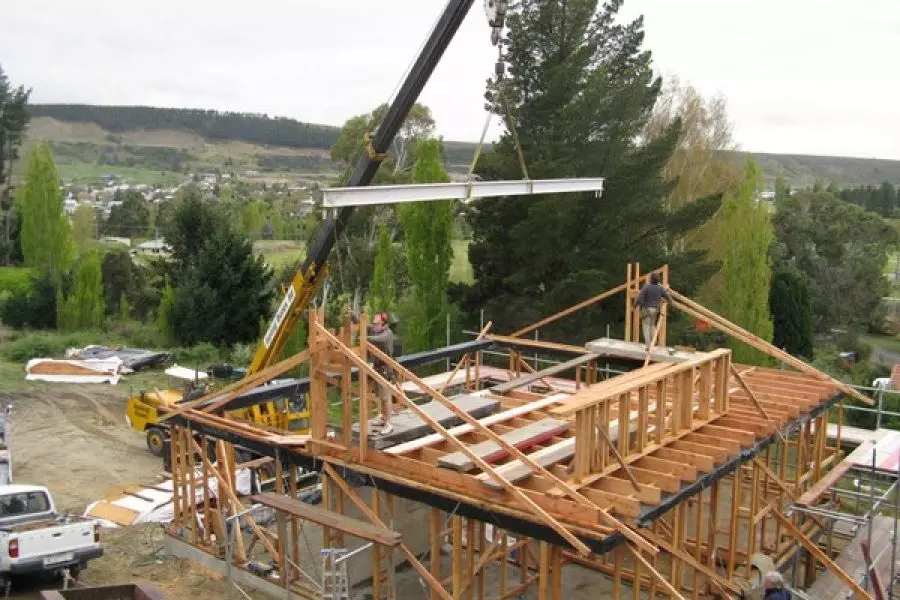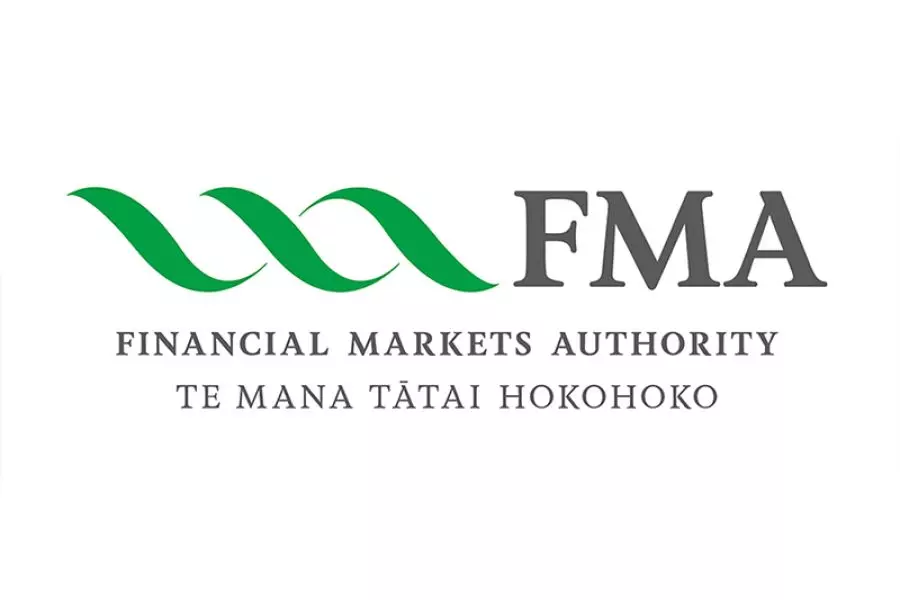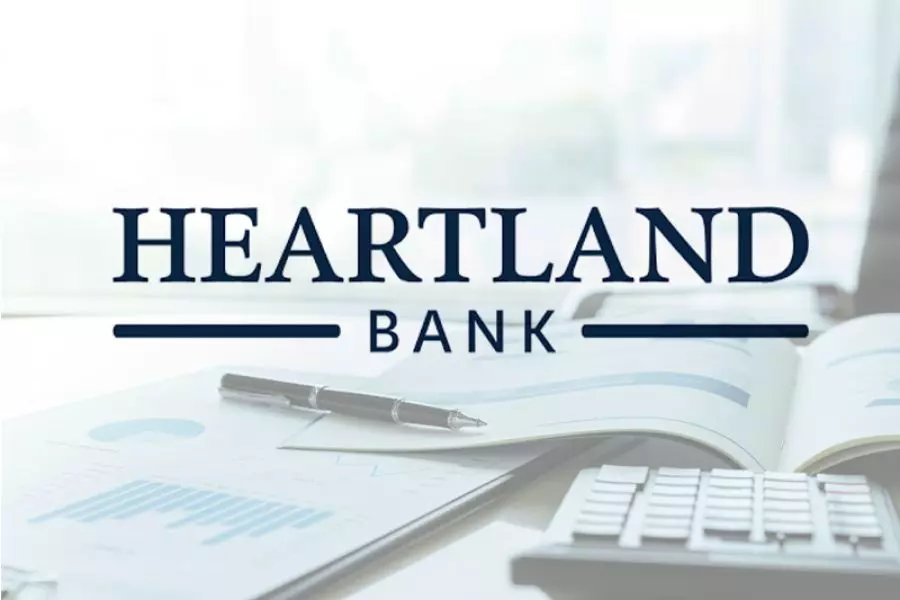News
Has residential building activity stalled?

Thursday 30th of April 2015
A total of 2,271 new dwellings (including 1,640 houses) nationwide were consented in March 2015.*
This was 14% higher than in March 2014 and was the highest number of consents in a March month since 2006.
Statistics New Zealand business indicators manager Neil Kelly said that, after recent falls, the seasonally adjusted number of new dwelling consents increased by 11% in March 2...
Want to read the full article?
Click the button below to subscribe and will have unlimited access to full article and all other articles on the site.









![[The Wrap] Bye Bye Bayly](https://goodreturns.publit.io/file/c_fill,w_900,h_600/39f23ac1-f7c7-4854-b700-a150004ebbac.webp)